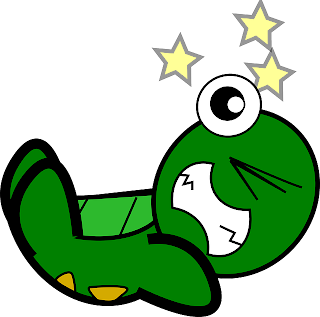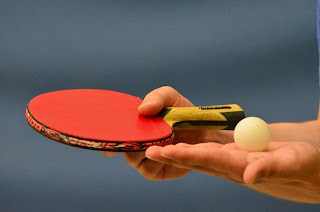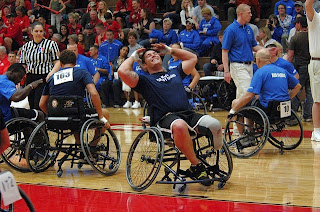Casual ping pong, also known as recreational or social ping pong, has gained immense popularity among enthusiasts around the world. It offers a fun and engaging way to socialize, stay active, and improve hand-eye coordination.
In this guide, we will explore various aspects of casual ping pong and provide valuable insights for casual players looking to enhance their game.
Understanding Casual Ping Pong
Casual ping pong differs from competitive play in terms of its relaxed atmosphere and emphasis on enjoyment rather than intense competition. It is often played in social settings, such as parties, community centers, or friendly gatherings. The primary goal is to have fun and engage in friendly matches with friends, family, or colleagues.
Equipment Essentials
To enjoy casual ping pong, you'll need a few essential pieces of equipment. The most crucial item is the ping pong paddle. When choosing a paddle, consider factors such as grip, weight, and blade composition.
A paddle with a comfortable grip and suitable weight will allow for better control and maneuverability. It's also important to select quality ping pong balls that are durable and provide a consistent bounce.
While there are various high-end equipment options available, you don't need to spend a fortune on your gear as a casual player. Many affordable paddles and balls offer excellent performance for recreational play. Look for reputable brands that strike a balance between quality and affordability.
Rules and Etiquette
Familiarizing yourself with the basic rules of ping pong will enhance your enjoyment and fairness during casual matches. The rules include serving regulations, scoring, and gameplay guidelines.
For casual play, it's common to adopt a more flexible approach to rules and modify them according to the players' preferences. However, establishing a shared understanding of the rules among players is essential to maintain fairness.
Etiquette is also crucial in casual ping pong. Respect your opponents and follow good sportsmanship principles. Be courteous and patient, avoid excessive celebrations or taunting, and acknowledge your opponent's good shots. Remember, the primary focus is on having a friendly and enjoyable experience.
Developing Basic Skills
Improving your basic skills will make casual ping pong more enjoyable and competitive. Focus on developing fundamental techniques such as grip, stance, and stroke execution.
Experiment with different grips to find the one that suits you best, as it greatly influences your control and power. Maintain a balanced and relaxed stance, with your feet shoulder-width apart, allowing for quick movements in any direction.
Ball control is a vital aspect of ping pong. Practice various strokes, including forehand drives, backhand shots, and basic spins. Start with slow and controlled shots, gradually increasing the speed and spin as you become more comfortable. Regular practice sessions, even for short durations, will help improve your hand-eye coordination and overall game.
Strategies and Tactics
While casual ping pong emphasizes fun rather than intense competition, having a few strategies and tactics up your sleeve can enhance your gameplay. Positioning is crucial—try to maintain an optimal distance from the table to have better control and reaction time. Additionally, practice your footwork to move efficiently and reach shots effectively.
Anticipating your opponent's shots is another key aspect. Pay attention to their body movements, racket angle, and shot selection patterns. This will allow you to react faster and better predict their shots. Exploit weaknesses, such as their weaker side or susceptibility to certain types of shots, to gain an advantage during rallies.
Fun Game Variations
To add excitement and variety to casual ping pong matches, explore different game variations. Doubles play is an excellent option, allowing for teamwork and more dynamic rallies.
You can also try games like "Around the World," where players take turns hitting the ball to different spots on the table, aiming to cover the entire table in the fewest shots possible.
Another popular variation is "King of the Table," where the winner stays on the table to face new challengers while others rotate in to compete for the crown. These variations introduce new challenges and keep the gameplay fresh and engaging.
Creating a Casual Ping Pong Community
Building a casual ping pong community can enhance your playing experience and provide opportunities for regular matches and friendly competitions. Consider organizing ping pong nights with friends, family, or coworkers, where you can gather and enjoy friendly matches together. Establish a rotating schedule to ensure everyone gets a chance to play.
You can also explore local ping pong clubs or social groups dedicated to casual play. These communities often organize events, tournaments, or leagues specifically for recreational players. Joining such groups allows you to connect with like-minded individuals, learn from experienced players, and participate in a more structured ping pong environment.
Staying Engaged and Progressing
To stay motivated and continue progressing in casual ping pong, it's essential to set personal goals and track your progress. Identify areas of your game that you want to improve and set specific targets. For example, you might aim to enhance your backhand shots or increase consistency in your serves. Break down your goals into smaller, achievable steps, and celebrate your successes along the way.
There are various resources available to aid in your skill development. Online tutorials, instructional videos, and articles can provide valuable insights and techniques. Additionally, consider attending local ping pong clinics or workshops led by experienced coaches who can provide personalized guidance and feedback.
Remember, the key to improvement is consistent practice. Set aside regular practice sessions, even if they are short, to work on your skills and reinforce your muscle memory. Practice with players of different skill levels to challenge yourself and learn from their playing styles.
Conclusion
Casual ping pong offers a fantastic way to have fun, socialize, and improve your ping pong skills without the pressure of intense competition. By understanding the basics, investing in suitable equipment, and practicing regularly, you can elevate your casual ping pong game and enjoy more rewarding matches.
Embrace the spirit of friendly competition, respect your opponents, and explore different game variations to keep the gameplay exciting. Building a casual ping pong community and setting personal goals will help you stay engaged and motivated.
Whether you play with friends, family, or join local ping pong clubs, casual ping pong provides an enjoyable and fulfilling experience for players of all skill levels.
So, grab your paddle, gather your friends, and embark on an incredible journey of casual ping pong, where fun, camaraderie, and improvement await!
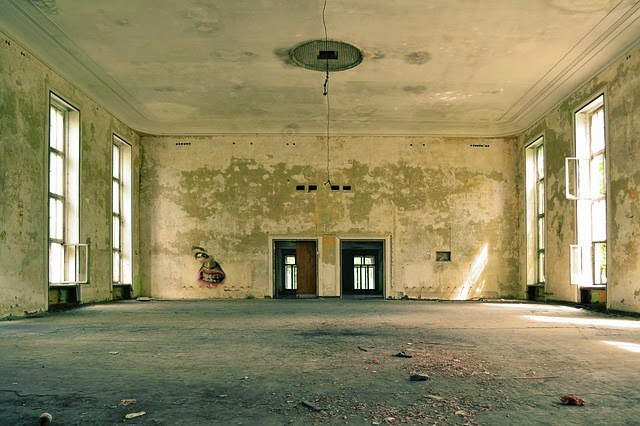


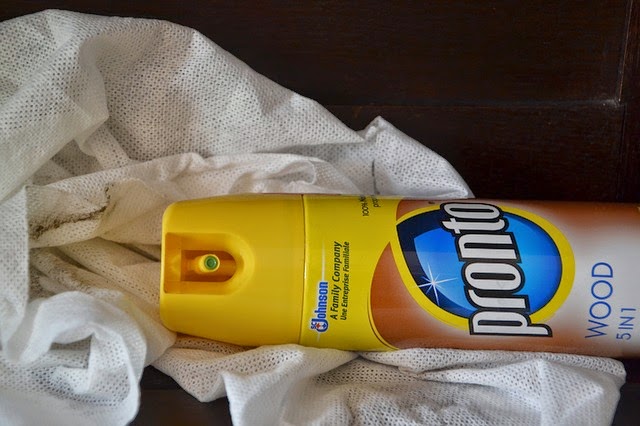
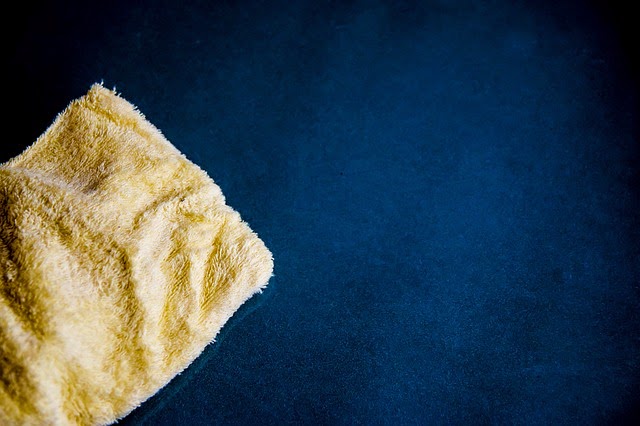
 >
>